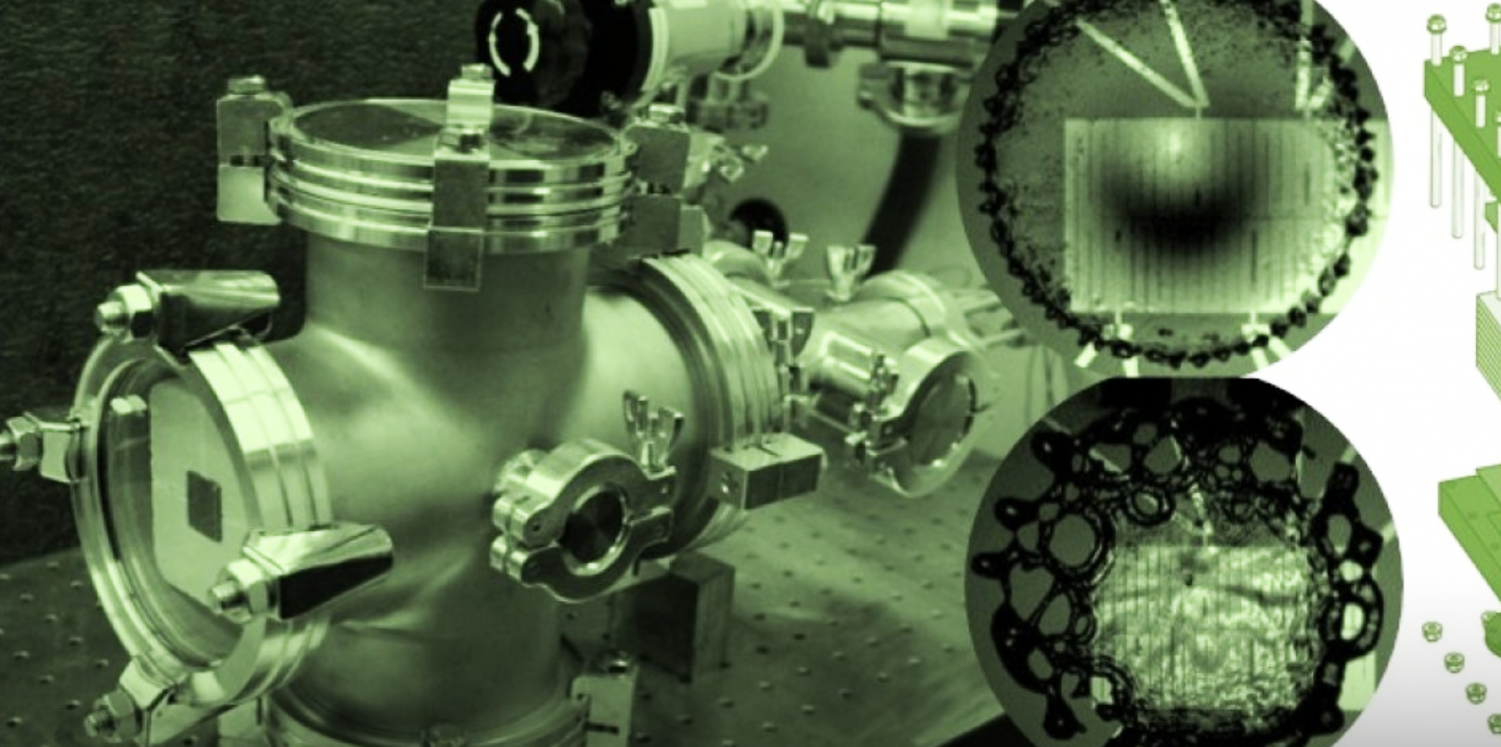Heat exchangers transfer heat from one fluid to another for both heating and cooling. They’re used in cars, building HVAC systems, chemical plants, nuclear reactors and for many other processes that need a regulated temperature.
But the technology gets pushed to the extremes at high temperatures and high pressures in aerospace and next-generation electricity generation. While energy efficiency could skyrocket at higher temps, the metals and superalloys currently used in industrial heat exchangers can’t take the heat.
A team led by Sajjad Bigham, assistant professor of mechanical engineering who runs the Energy Exploration (Energy-X) Laboratory, wants to revamp heat exchangers for high-temp, high-pressure environments like the ones used in jet engines and power plants. They’ll do it by 3D printing silicon carbide lattices. Current printing technologies cannot produce high enough density ceramics, so the team will work with a direct-ink writing technology they invented.
The Michigan Tech team has received $2.4 million for the work, including a $1.8 million HITEMMP award, and will be collaborating with the Oak Ridge National Laboratory and three industry partners. Their goal: overcome the mechanical strength limitations of ceramic materials by 3D printing high-density silicon carbides. While currently tricky to print, if the process gets streamlined, then the material can handle temperatures above 1100 degrees Celsius and pressures above 80 bar. That’s hot enough to deform and melt most metals and superalloys, and is about the pressure of a deep underwater dive of 2,600 feet. Plus, ceramics are lighter than metal, an essential feature for aerospace tech.
“This is a leap beyond today’s technology in reducing the risk of thermo-mechanical failure and ensuring high-temp, high-pressure durability and quality,” Bigham said. “Energy efficiency greatly increases at higher temperatures. For example, an aircraft that recovers its exhaust can see upwards of 10-20% savings in fuel consumption. The higher the temperature, the higher the saving.”
Likewise, new power plant designs could see a major boost in electricity generation by using fluids like supercritical carbon dioxide (s-CO2) that crank out energy at higher temperatures and higher pressures — as long as the heat exchangers can take it. The Department of Energy ARPA-E program says that successful HITEMMP projects will enable a revolutionary new class of high temperature, high pressure, efficient and highly compact heat exchangers with applications for commercial and industrial energy producers and consumers across the economy.


